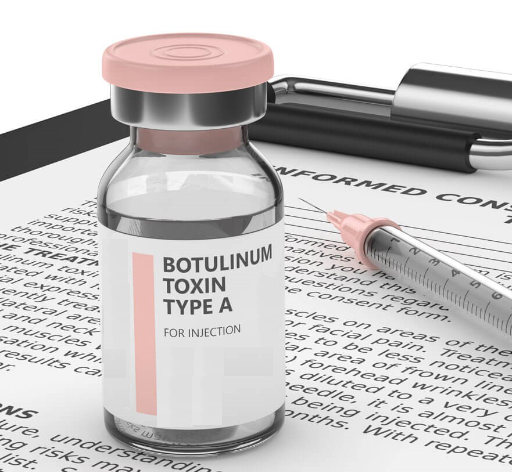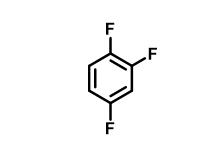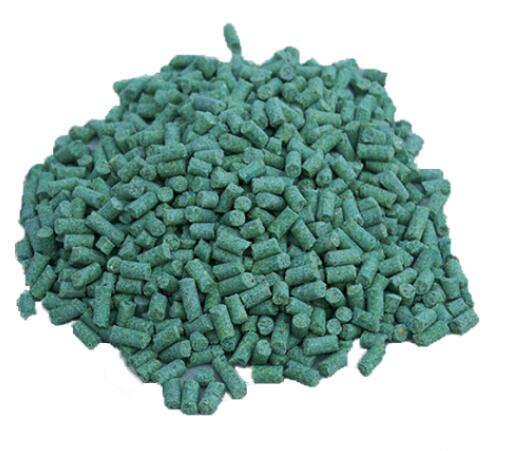Use of Botulism
Botulism, a disease of the nervous system in animals and humans, was first recorded in Germany in 1735 and was thought to be due to eating a tainted sausage. The name botulism comes from the German ‘botulus’ for sausage. Botulinum toxin (molecular weight of 100 000, consisting of 1300 amino acids) is derived from Clostridium botulinum – an anaerobic spore-forming gram-positive bacterium commonly found in soil. It can affect a wide range of animals, including mammals, fish, and birds. There are seven serological varieties of botulism denoted by the letters A–G. They are structurally similar but antigenically and serologically unique. Only the botulism types A, B, E, and F can cause toxicity in humans. Types C and D can cause toxicity in animals. From 1990 to 2000, the US Centers for Disease Control documented 263 individual cases from 160 foodborne botulism events in the United States; 4% of these resulted in fatality and 103 of these cases occurred in Alaska. They were due to traditional Alaska aboriginal foods, including the ingestion of raw whale fat or muktuk. While the numbers of cases of foodborne botulism and infant botulism are stable, the incidence of wound botulism has increased due to the use of black tar heroin. California has reported the majority of cases of wound botulism associated with tar heroin use.
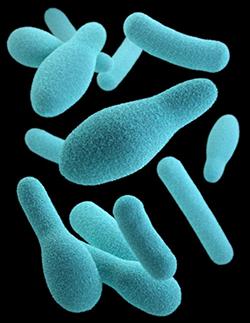
Use
The use of botulinum toxin includes medicinal (e.g., treatment of spastic conditions, hyperhidrosis), cosmetic (removal of wrinkles), or as a potential terrorism agent (e.g., via aerosolization).
Mechanism of Toxicity
Inadequately sterilized processed products (e.g., canned foods)
can be contaminated with neurotoxin-producing spores,
leading to potential accidental exposure by ingestion (the most
common route). Poor food hygiene during food preparation
has been the major causes of large outbreaks of foodborne botulism. In patients with underdeveloped intrinsic gut
immunity (e.g., infants), C. botulinum colonization of the
gastrointestinal tract can occur. Susceptibility to colonization
can also occur where the normal gastrointestinal protective
mechanisms are deficient (e.g., in patients who have undergone
major gastric surgery whereby acid production is reduced or
where bile acid formation has ceased).
Cutaneous absorption and thus toxicity do not occur if the
skin is undamaged. However, an open wound or mucous
membrane exposed to the bacterium increases the risk of
toxicity.
Environmental Fate
Clostridium botulinum secretes an exotoxin (of which there are seven distinctive antigenic types labeled A–G) consisting of proteinaceous heavy and light chains linked together by a disulfide bond. Human poisonings have predominantly been due to types A (vegetables), B (meat), and E (fish). The toxin inhibits acetylcholine-mediated neurotransmitter release by binding onto SNARE proteins that facilitate exocytosis of acetylcholine synaptosomes. The heavy chain directs endocytosis of the toxin into a neuron in the peripheral nervous system. The pharmacologically active zincdependent endopeptidase light chain then binds to the SNARE proteins (synaptobrevin, SNAP-25, syntaxin), cleaving a portion of the protein and thus destroying it. The consequence is blockage of acetylcholine release. The toxin does not cross the blood–brain barrier and affects only peripheral motor nerves.
You may like
Related articles And Qustion
Lastest Price from Botulinum toxin manufacturers
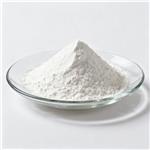
US $0.00/box2025-09-24
- CAS:
- 93384-43-1
- Min. Order:
- 1box
- Purity:
- 0.99
- Supply Ability:
- 10tons

US $20.00/box2025-08-20
- CAS:
- 93384-43-1
- Min. Order:
- 1box
- Purity:
- 99
- Supply Ability:
- in stock


